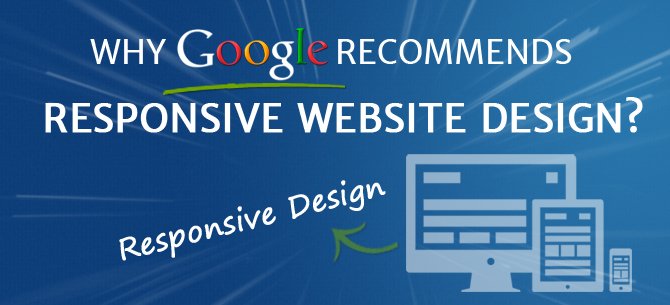Our Offices
USA OFFICE
937, Shore Point Court, # G313,
Alameda - 94501, California, USA.
INDIA OFFICE
C - 81C, Sector - 8,
Noida 201301, UP

 A responsive web design responds to the various devices having different screen sizes and resolutions. According to an estimate there are more than 232 sizes of screens available, which can support website layouts such as graphics, videos and web content.
A responsive web design responds to the various devices having different screen sizes and resolutions. According to an estimate there are more than 232 sizes of screens available, which can support website layouts such as graphics, videos and web content.
In the cut-throat online world, responsive web design has become the need of the hour. Let us understand the prominent features of the responsive web design:
Flexible Websites: In recent years, the use of handheld or portable devices has increased rapidly. The devices such as the smartphones, tablets and mini-laptops are frequently used by the users to access the internet adding the high amount of traffic to the websites. Therefore, there is a need to develop flexible websites, which can fit in all types of screens available in the markets. And, the responsive website designs accomplish the requirements efficiently.
Quick Navigation: Such website designs have to shrink or spread according to the screens. The use of CSS and PHP technology has helped in facilitating easy navigation to the users. To streamline the navigation on the websites a variety of menu buttons, links, and collapsing or expanding texts are used to provide high-end experience to the users.
Minimize Loading Time: A responsive website has a clutter free design and browser compatibility features. This facilitates in loading the web pages quickly and easily on various device screens. Moreover, the web designs are rigorously checked at every developing lifecycle to develop the bug free websites.
Moreover, Google is constantly updating its algorithms to provide a better experience to the internet users. All the updates released during the past two years have completely focused on the quality of the content, good link building and web designs.
It is noticed by the SEO professionals that the algorithms of the search engines have been programmed according to the users’ needs and requirements.
For example, a user prefers:
Though the list of preferences does not end here, the algorithm has many strings that strongly signify ‘users’ preferences’. In addition with it, the search engine also considers ‘White Hat techniques’ used in the web design.
Users prefer websites that have genuine information, perfect layout and quickly load on all devices. They are not only spending more time on these sites, but also come back next time. Furthermore, users prefer searching for solutions, products and services in their nearby locations. Thus, it is always important to target regional or geographical keywords with Meta description in responsive design that helps in improving the ranking of the sites.
Here Google plays a major role:
These key-indicators determine the quality of the websites that increase or decrease the possibilities to gain better ranking on the top search pages accordingly.
The search engines like fresh, unique and attractive designs. However,very few know the exact definition of the unique and fresh approach. According to the search engine, an online element (web design, content or link) must have new and user-oriented information and details. ‘Fresh’ – defines the new updates or latest trends prevailing in the market. Therefore, the responsive web design services must have a fresh and unique approach for the users and crawlers.
Thus, the search engines, especially Google, always consider the responsive website designs, which meet all the above-mentioned requirements and provides better experience to the users.
Subscription Implies Consent To Our privacy Policy
7 Reasons Why Internet Marketing Is Important For Your Business
The 10 Advantages of Using WordPress for Developing Business Website